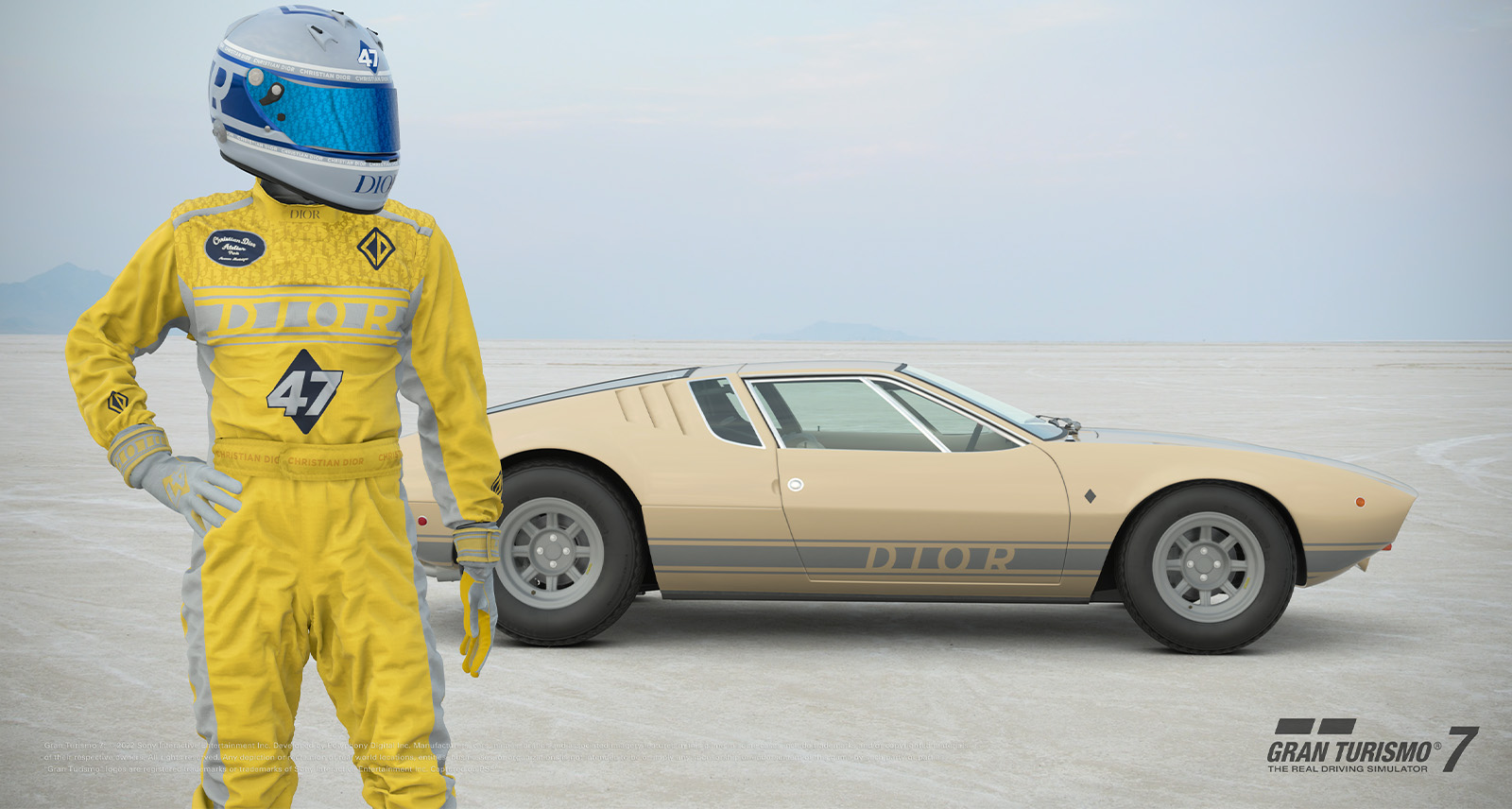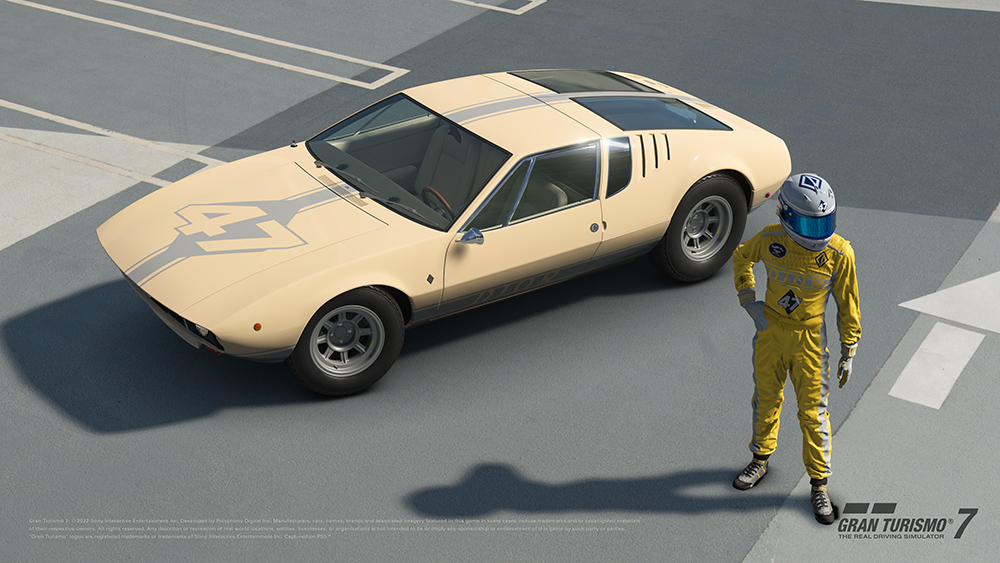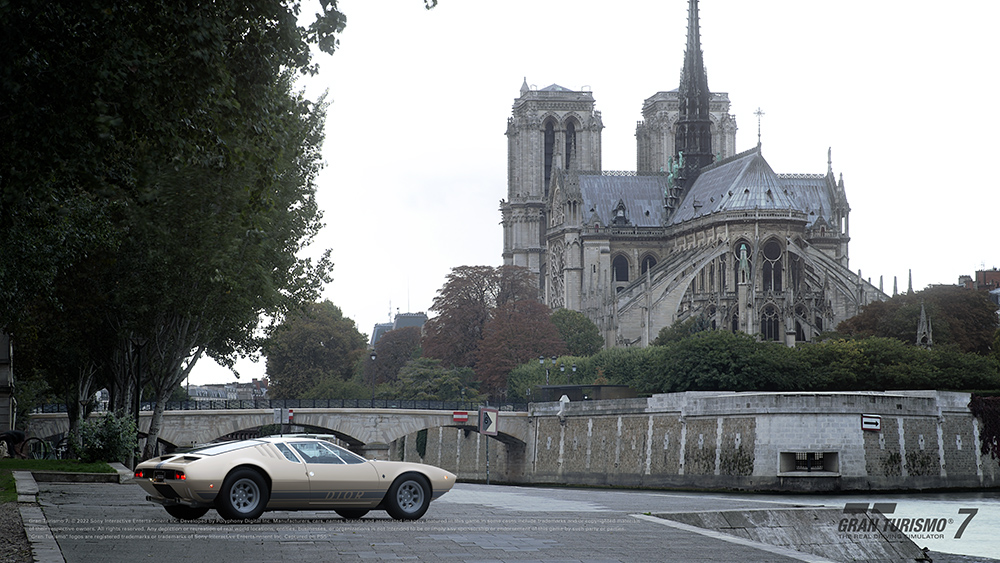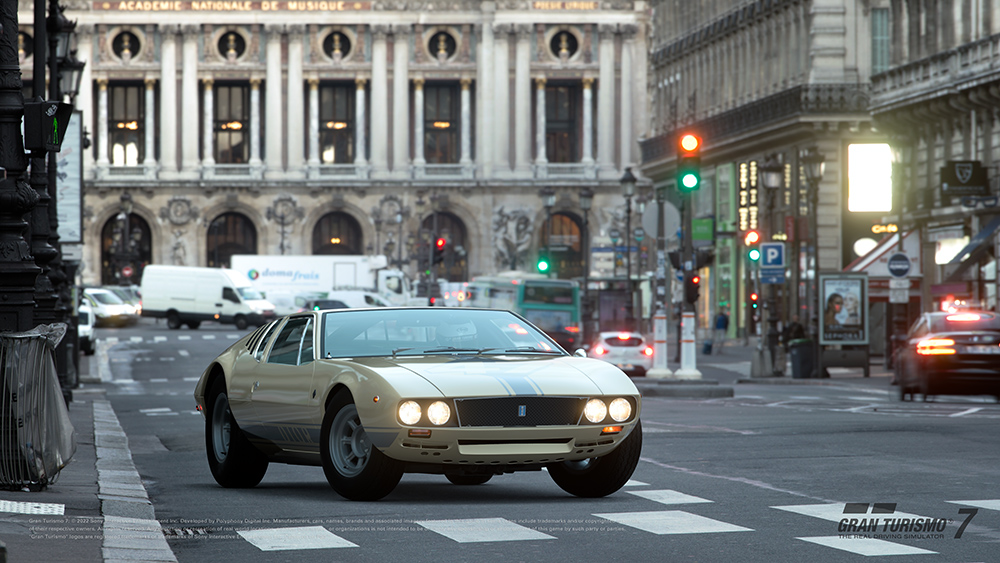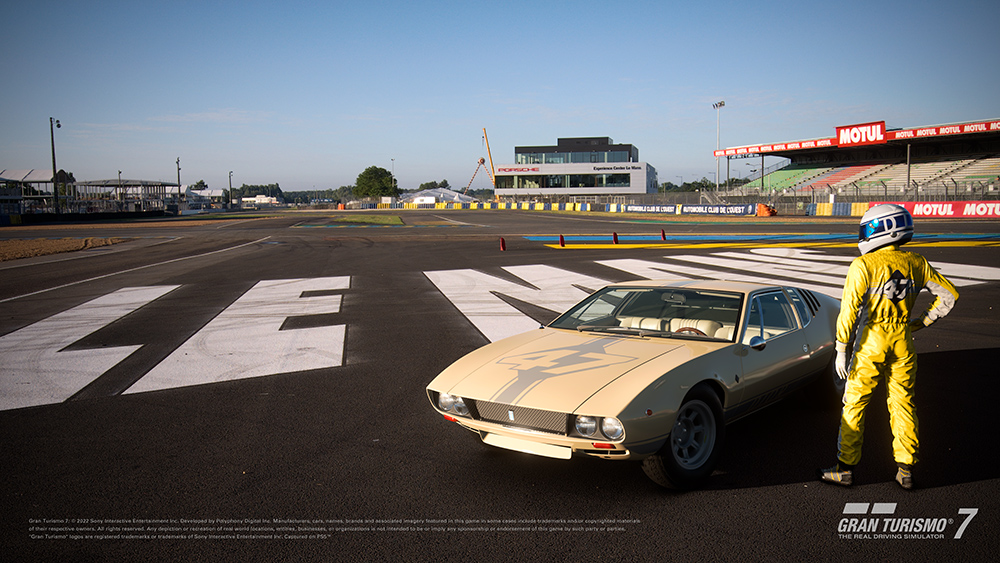Metaverse Fashion Is for Drivers Now Too, As Dior Teams Up With Gran Turismo
Dior is dressing drivers in the metaverse with a Kim Jones-designed collection exclusively for Gran Turismo 7 that dropped in late August.
The latest installment of Sony’s popular racing game for Playstation consoles offers racers a yellow jumpsuit, matching gloves, shoes, helmet, and a unique car — the delightfully-obscure 1969 De Tomaso Mangusta — all specially conceived by Jones, the artistic director of Dior Men’s collections.
There’s no word on whether the collection costs anything, but if it does, you can bet it will be a lot more affordable than a real Dior jumpsuit, or a De Tomaso Mangusta, which would set you back around $200,000.
The virtual outfit features the CD Diamond motif as well as a “Christian Dior Atelier Avenue Montaigne” patch. In a nod to the year of Christian Dior’s first fashion show, the custom painted De Tomaso is emblazoned with the number 47.
This Dior/GT7 project exactly the sort of unexpected cross-cultural-pollination that made Jones such a hot commodity. He’s always been ahead of the curve on these high/low mashups; remember it was Jones who masterminded the 2017 blockbuster collaboration between Louis Vuitton and Supreme.
Before he got big jobs at Dunhill, Vuitton and now Dior, Jones – who was born in London in 1979 – made clothes that tapped into sporstwear and niche ‘90s youth subcultures. If you were hanging out in friends’ basements back then, racing games including Need for Speed (1994) and the original Gran Turismo (1997) were inescapable.
How cars got cool again
Nevertheless, throughout the ‘90s, 2000s and much of the 2010s, cars waned in cultural relevance. Automobiles fell from grace, becoming more like consumer appliances than an integral part of pop-culture. The days when hot-rods and muscle cars ruled the roads (and movies and TV and magazines) were long gone. Auto execs worried that millennials only cared about phones and didn’t want cars. (lol.) Car culture went underground, and it got geeky and insular, clustering around online forums and blogs like OG Jalopnik that were nearly impenetrable to outsiders. Things got weird. But car culture had to get weird in order to get cool again, which now, finally, it is – to a point.
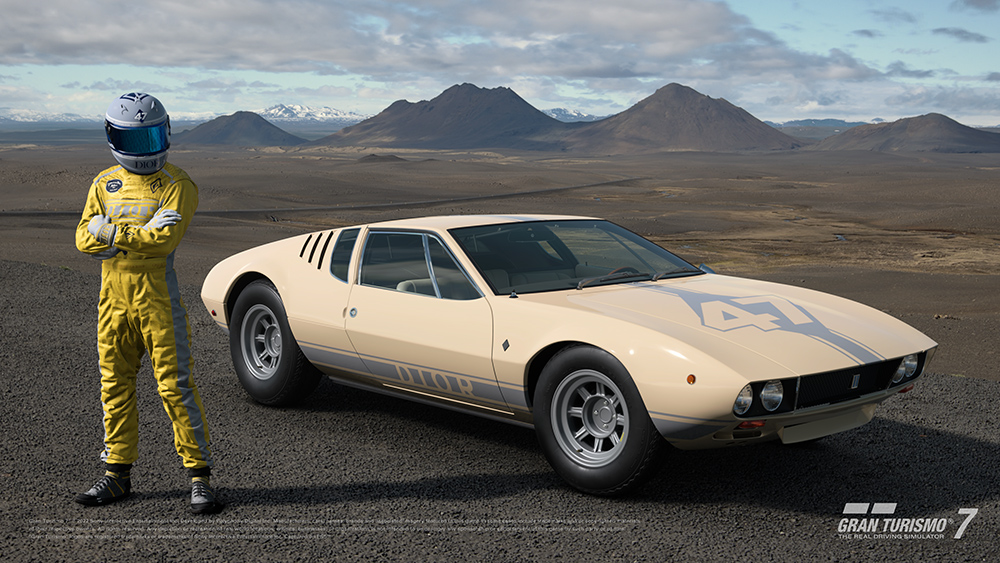
Vintage clothing resellers are hustling dusty old Porsche hats and Mercedes-Benz t-shirts for big money on Instagram. Aimé Leon Dore’s recent collection featured an old Marlboro Formula 1 cap. Highsnobiety just released a capsule with the formerly-obscure Porsche tuner RUF and — to make a long story short(ish) that’s why Dior is now making waves with metaverse fashion for car enthusiasts.
Racing games as a platform
There are something like 2.7 billion gamers globally, many of whom are in their 30s and have plenty of disposable income to burn on $12 Balenciaga hoodies in Fortnite. (Last year, Balenciaga became the first luxury brand to sell virtual clothes in the smash hit looter-shooter.) Not only are these collabs good exposure, but they’re also good business. In-game purchases and microtransactions pull in tens of billions of dollars in revenue annually for the gaming industry and its partners.
For Dior, racing games are certainly new and exciting territory, one that few fashion brands have yet to explore. One of the exceptions being Anti Social Social Club, which released its second collection in collaboration with Gran Turismo in March. It included a line of t-shirts and hoodies for players to wear IRL, as well as a custom livery for the Toyota Supra GT500 that players could drive in-game.
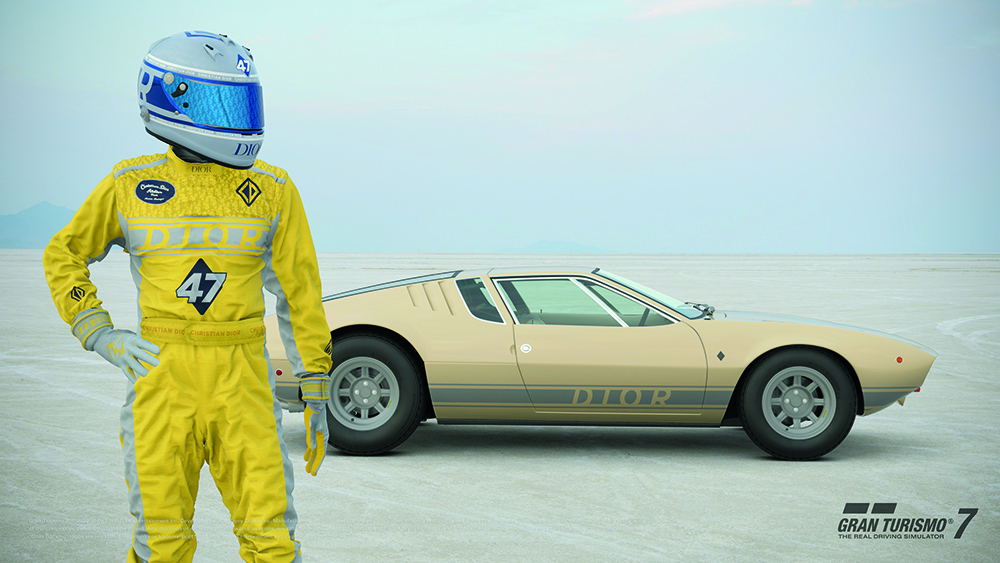
Of course, car companies have long recognized the immense reach and marketing potential in racing games. Similar to what Dior has done – tapping its real designers to make virtual products – nearly every major automaker has put its design team to work creating, for example, fantastical “Vision” concept cars for Gran Turismo. In the metaverse, there are no crash-safety regulations, no emissions tests, and the laws of physics are entirely elastic, which has resulting in some spectacular in-game concept cars from Audi, McLaren, Bugatti, Aston Martin, Lexus, Mercedes, BMW and many more.
While traditional IRL auto shows dwindle in popularity and importance, racing games are one way to fill that marketing void. It certainly seems like a more sensible metaverse play for the auto-industry than some unfortunate, half-baked attempts at cashing in on NFTs.
Dior calls the GT7 collection its “inaugural” virtual capsule, so watch this space.
If, however, you’re sick of the metaverse and looking to drive IRL, you may be interesting in getting one of the last pure old-school sports cars before they’re gone.
